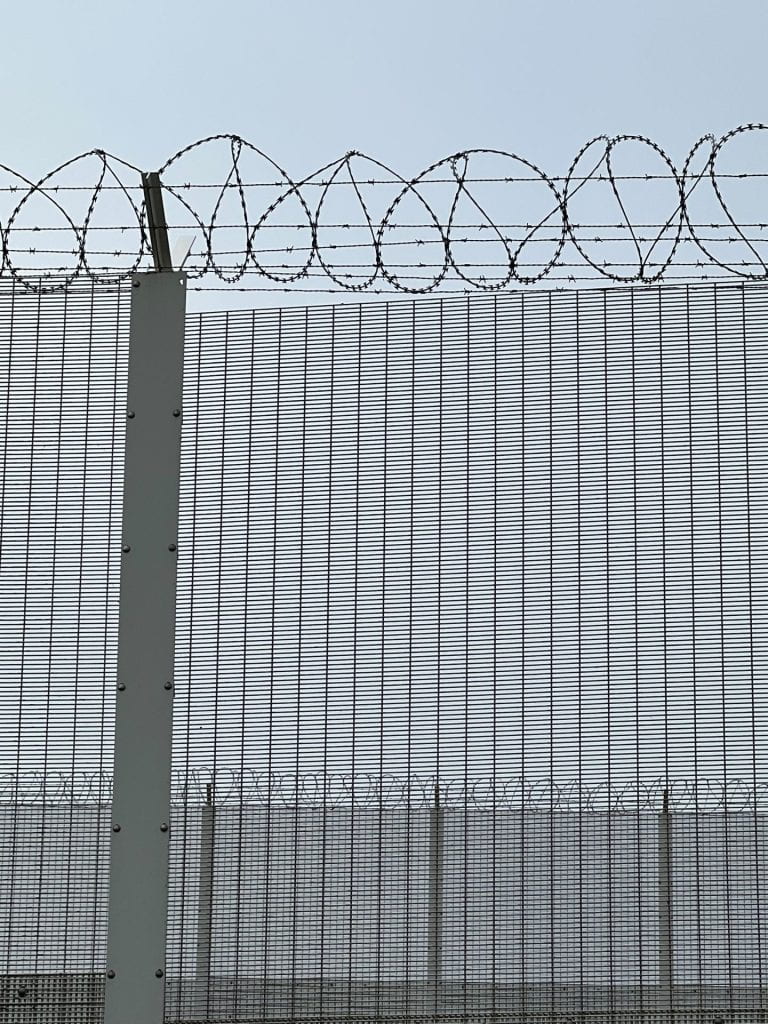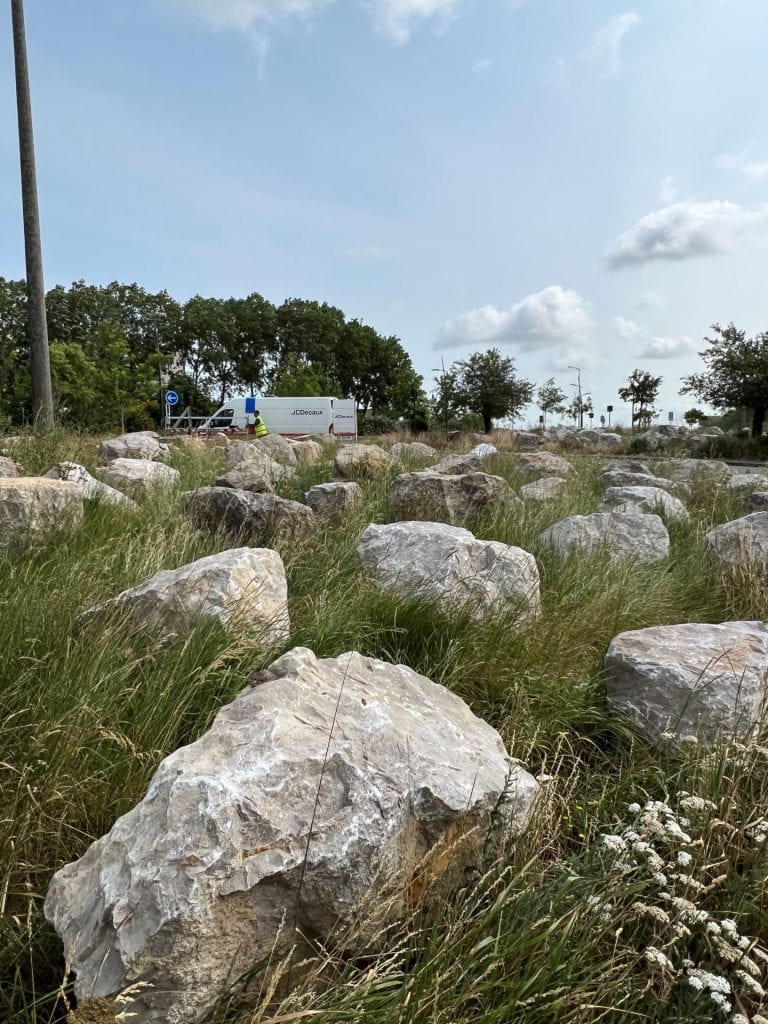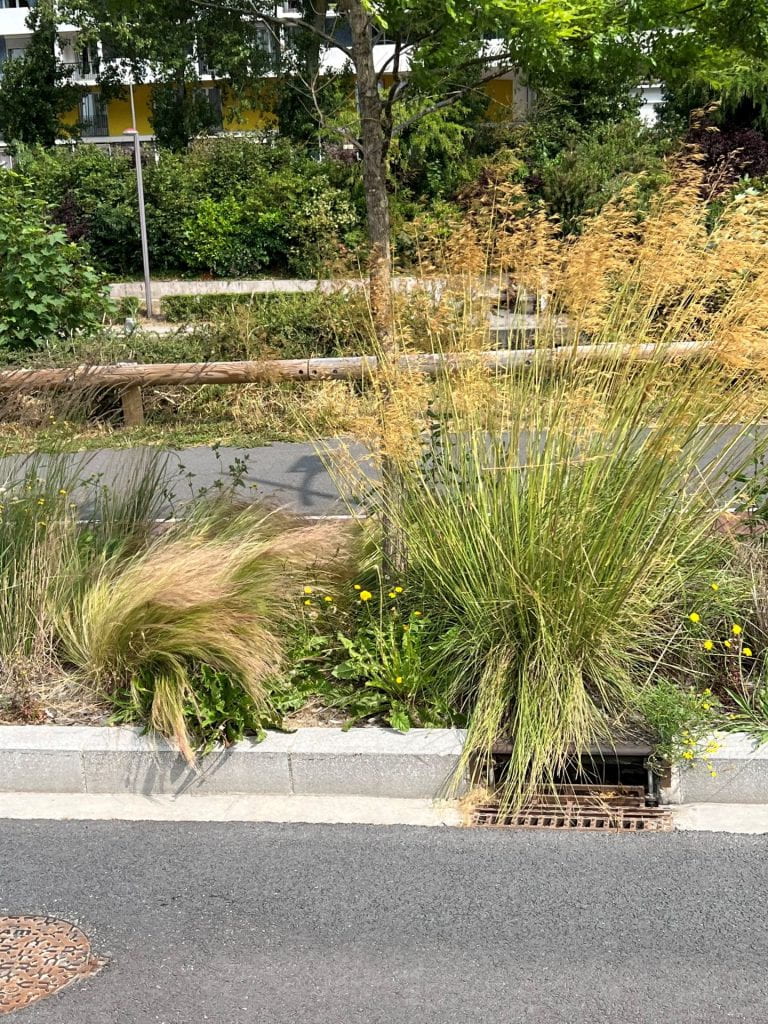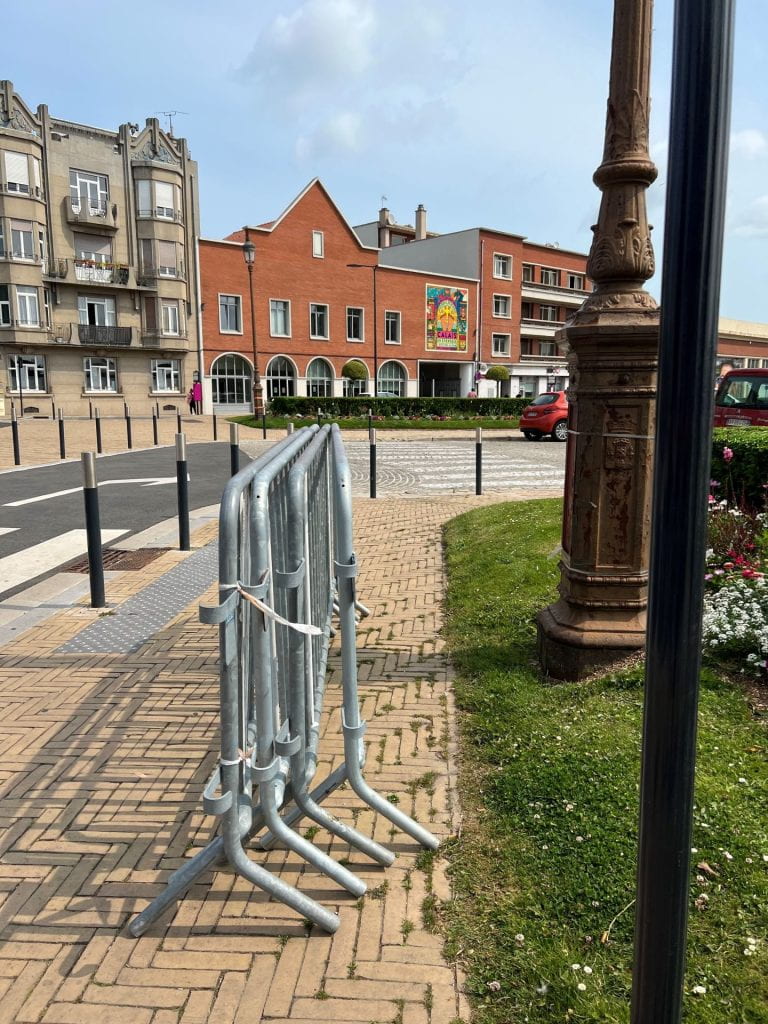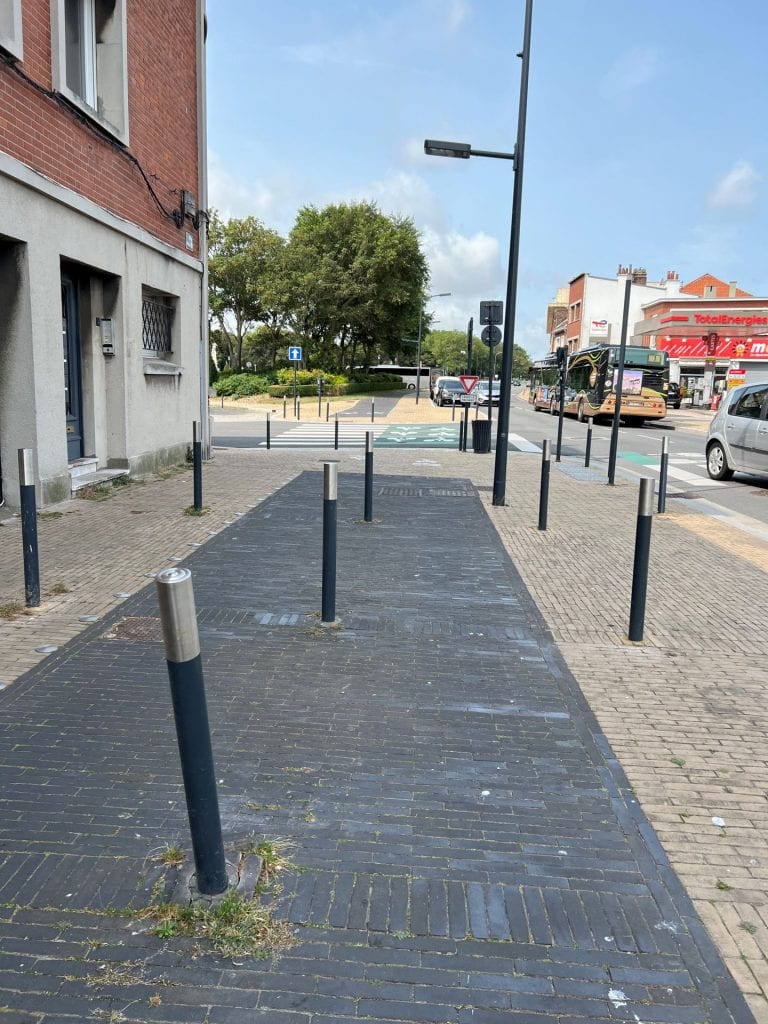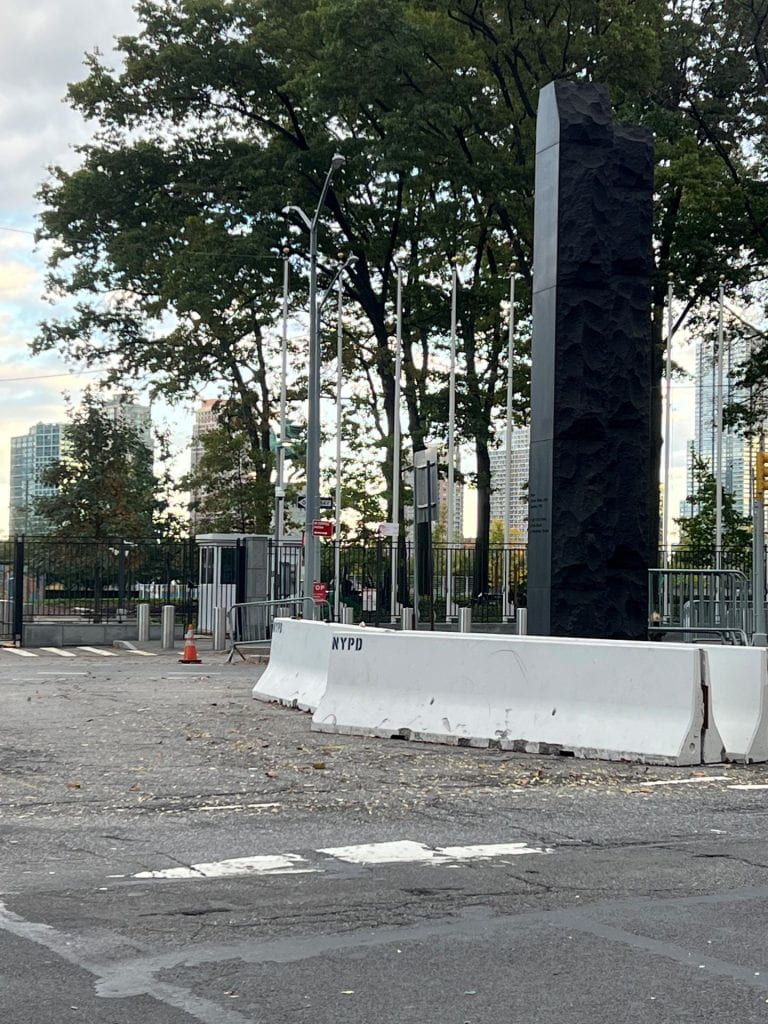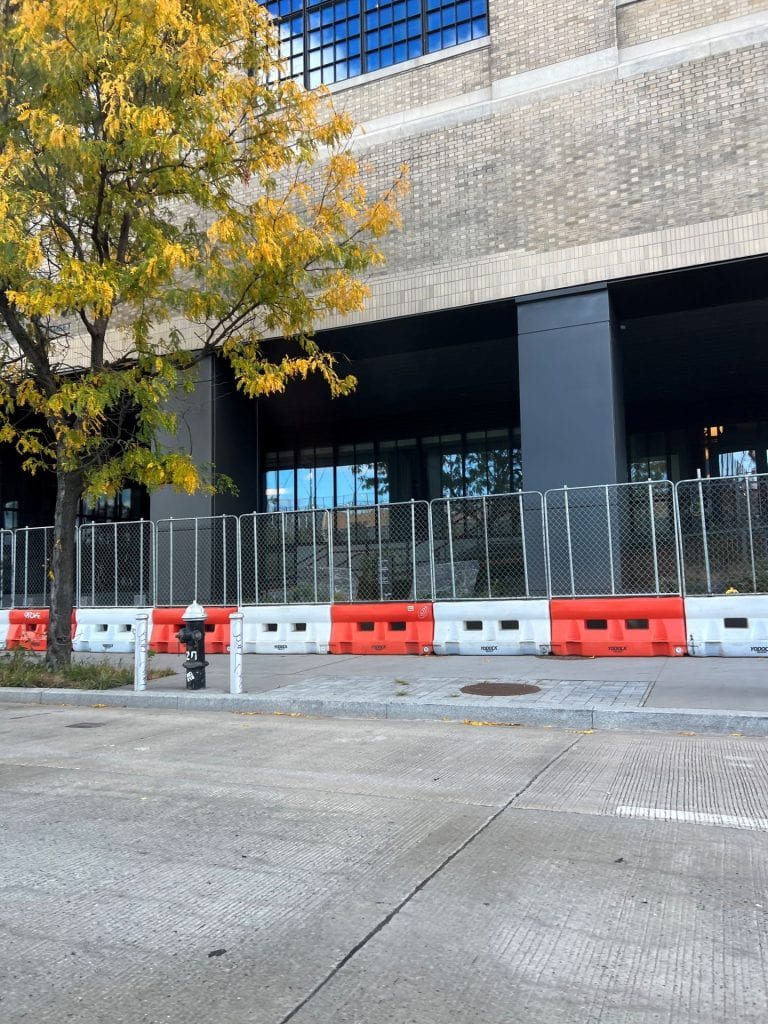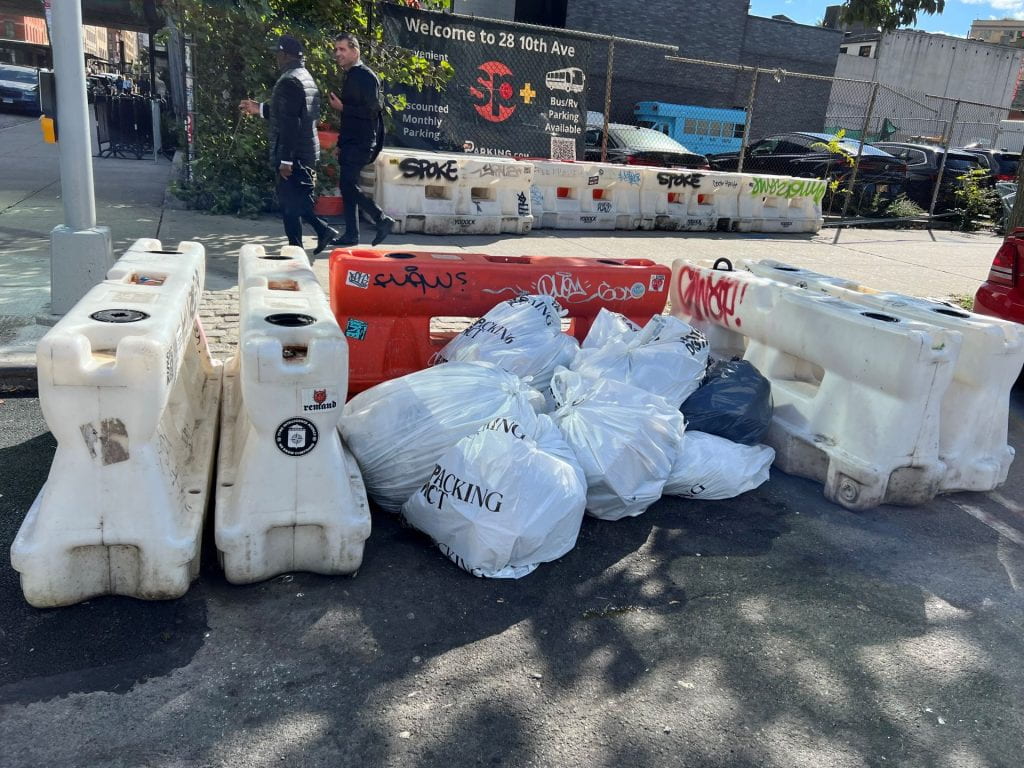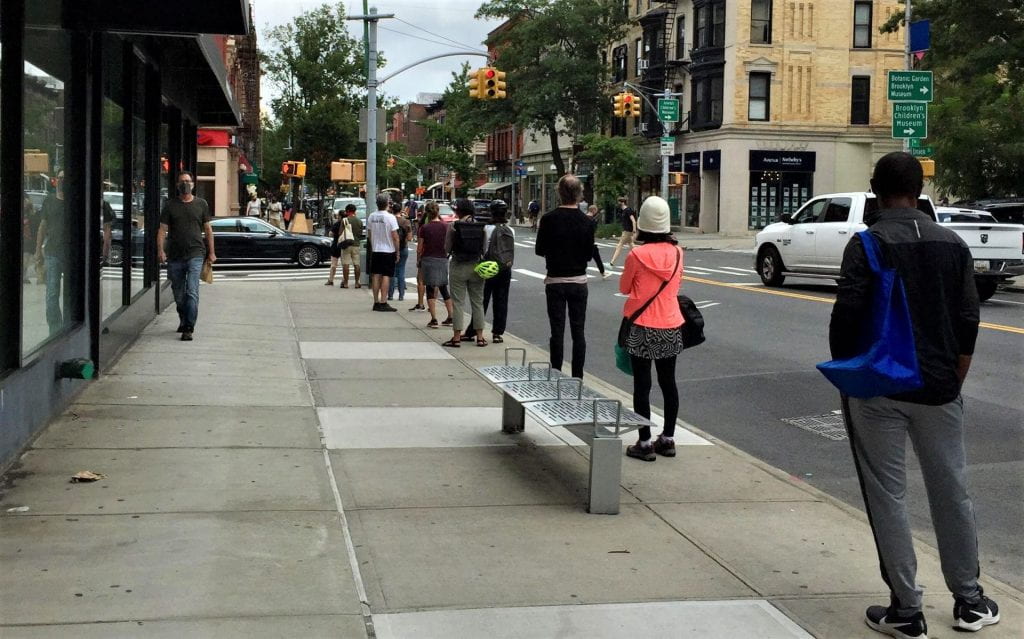Borders are often depicted as man-made barriers such as fences, checkpoints and walls. But some of the deadliest borders in the world are not built by human hands. Instead, they are deserts, seas and jungles, environments transformed into barriers through policy neglect and the criminalization of mobility. By closing legal pathways, states force migrants into lethal landscapes, where the environment itself becomes a tool of governance. This perspective aligns with the broader literature on border violence, which increasingly examines how states govern mobility through indirect, dispersed forms of harm. Some scholars argue that borders operate not only through policing but through exposure, abandonment and deterrence. My analysis contributes to these debates by proposing the environment as a necropolitical actor, a terrain through which sovereignty delegates lethal force while maintaining plausible deniability.
Environmental borders in practice
The necropolitics of environmental exposure is visible across migration corridors worldwide. In the English Channel, the absence of safe routes has forced asylum seekers into fragile boats, leading to repeated mass drownings documented by the IOM’s Missing Migrants Project. Along the US–Mexico border, US border deterrence policies have diverted migrants into the Sonoran Desert, where extreme heat has produced thousands of deaths, an outcome extensively documented in Jason De Leon’s The Land of Open Graves. In Latin America, the Darién Gap between Colombia and Panama has become one of the world’s most dangerous corridors, with Human Rights Watch reporting rising migrant deaths due to flooding, exposure and wildlife as routes have shifted deeper into the jungle. Similarly, in Calais, authorities have repeatedly destroyed migrant camps and repurposed the land as nature reserves, turning the environment itself into a hostile space, a process described as environmental racism.
These cases show that the environment is not an innocent backdrop but an active participant in the politics of death, a necropolitical actor shaped by human control. By denying safe routes and pushing people into danger, states weaponize nature, outsourcing death to environmental conditions. Violence thus appears natural, when it is in fact the direct product of political choice.

Killing by letting die
In contemporary border regimes, sovereignty no longer needs to kill directly. It can kill by letting die. When states impose legal and bureaucratic barriers that make safe movement impossible, they push migrants into lethal terrains. The desert becomes a border wall made of sand and heat. The sea becomes a liquid grave. The jungle becomes an entangled labyrinth of exhaustion and decay. To call the environment a necropolitical actor is not to humanize it, but to recognize how power operates through it. It acquires agency, not because it possesses intent, but because policy transforms it into an enforcer of sovereignty.
In this framework, the environment functions as a vehicle through which death is outsourced. Governments avoid direct accountability by framing deaths as natural disasters or personal misfortunes. The official narrative speaks of dehydration, drowning or disappearance and never of deterrence, denial or deliberate omission. But these deaths are not random. They are the logical consequences of a system that treats movement as a threat and suffering as a deterrent. The desert embodies the politics of abandonment. In its vast emptiness, borders are drawn not by fences but by thirst. Migrants exposed to extreme heat and dehydration die slowly, their bones merging into the terrain that kills them. This violence is dispersed, invisible and bureaucratically convenient. When the state refuses to provide safe routes or humanitarian assistance, it allows the environment to perform exclusion in its stead.
The sea, by contrast, enforces the politics of disappearance. It swallows evidence, conceals bodies and erases traces of suffering. Each year, thousands of migrants vanish in transit across oceans and gulfs, their deaths registered as missing. Maritime deterrence policies, such as the withdrawal of rescue missions and the criminalization of humanitarian efforts, transform the sea into a border patrol. The waves do the killing, while sovereignty remains unseen. Meanwhile, the jungle enacts the politics of filtering. Dense, humid and unforgiving, it tests who can endure and who cannot.
Political natural selection
The landscape therefore becomes a mechanism of natural selection, but one no longer governed by evolution, chance or biology. What appears to be a natural struggle for survival is, in truth, a carefully engineered condition of exposure. Borders have transformed the environment into testing grounds where only those able to endure extreme deprivation may pass. Survival then becomes a political qualification. The environment performs the work of sorting, filtering and eliminating – functions once attributed to nature but now orchestrated by policy. In this way, Darwin’s principle of adaptation is repurposed as an instrument of governance: a political natural selection that decides who lives to reach safety and who is consumed by nature.
In each of these environments, death is bureaucratized and rationalized as the unintended side effect of migration control, rather than its intended function. The repetition of these patterns across geographies reveals a clear logic: deterrence through exposure. The goal is not simply to stop migration but to make the act of movement itself agonizing. The genius and cruelty of environmental necropolitics lies in its credibility. Death appears natural, even inevitable. Who can blame the sea for a storm, the desert for the sun or the jungle for its predators? In this narrative, the environment is cast as the killer, and the state as a distant observer. Such framing conceals responsibility and depoliticizes violence. By framing border deaths as tragedies, governments and media reinforce the illusion of nature’s neutrality. And yet, every drowning, every body recovered from the desert or the jungle, points to a deliberate architecture of neglect. The absence of rescue missions and the refusal to open safe corridors are not passive omissions, they are political choices.
These choices also rely on language. Death is reclassified through euphemisms: missing migrants, fatalities along migratory routes, unidentified remains, or lost at sea become categories that depersonalize tragedy and detach it from accountability. Through such vocabulary, violence is rendered technical, detached and manageable. The environment becomes a convenient scapegoat for policies designed to deter through death. The border thus speaks in the language of statistics, not mourning, where human loss is counted but never named, and suffering is recorded but never owned. This form of governance thrives on denial. By outsourcing violence to the environment, states maintain an image of legality and civility. They can claim adherence to international law while presiding over a system that kills through omission. Environmental borders thus become sites of plausible deniability: a place where policy and nature fuse to produce death without accountability.
Why recognizing the environment as an actor matters
Recognizing the environment as a necropolitical actor demands a shift in how we understand border violence. Safe migration corridors, legal pathways and the restoration of search-and-rescue operations are not acts of benevolence: they are obligations arising from this recognition and from international law. As climate change accelerates displacement and environmental frontiers expand, the convergence between ecology and sovereignty will only deepen. The challenge, then, is not merely to rescue those who cross, but to dismantle the structures that make such crossings deadly. Safe corridors and legal migration pathways are urgent necessities. Anything less ensures that deserts, seas and jungles will continue to serve as silent enforcers of exclusion.








